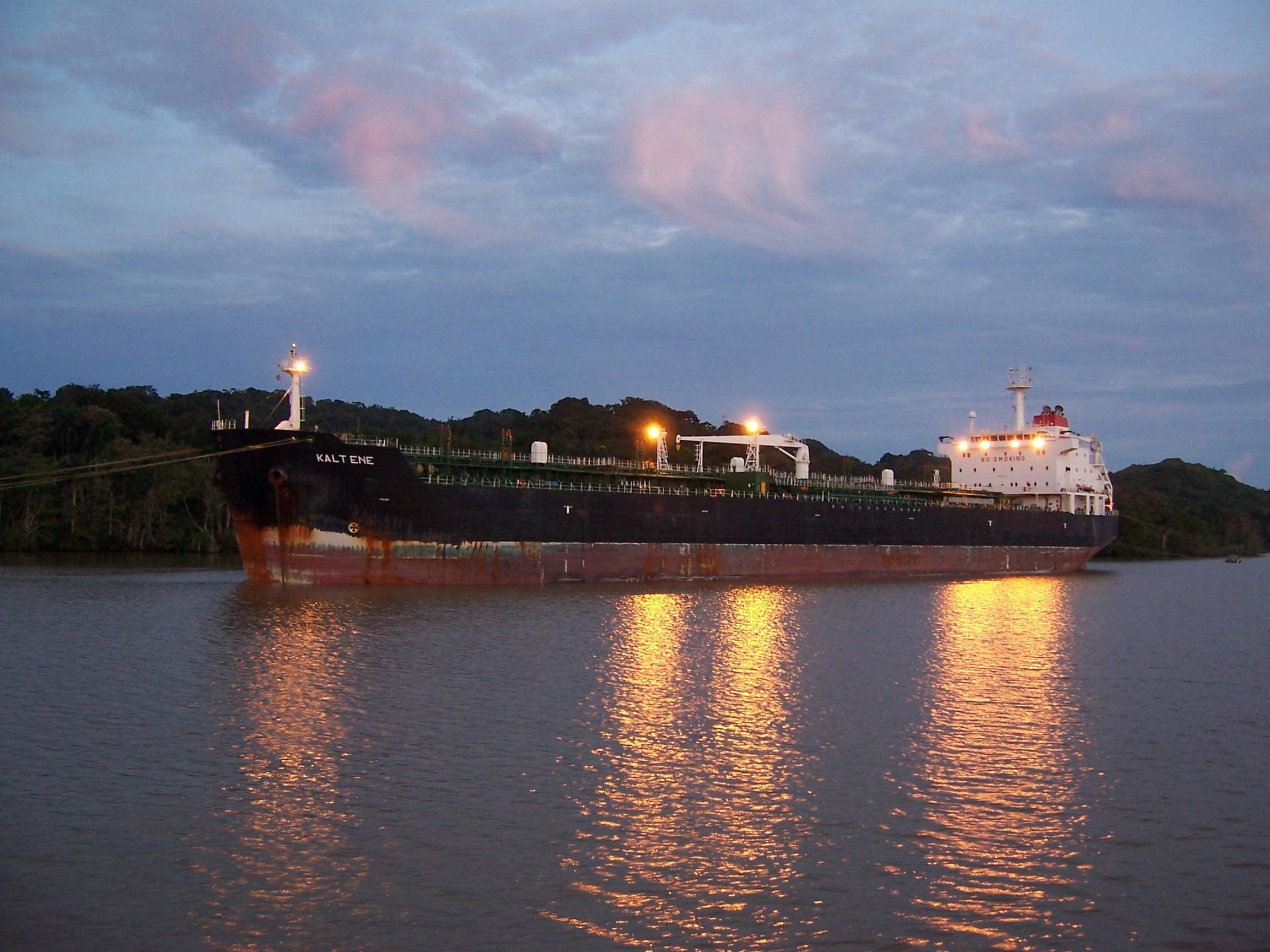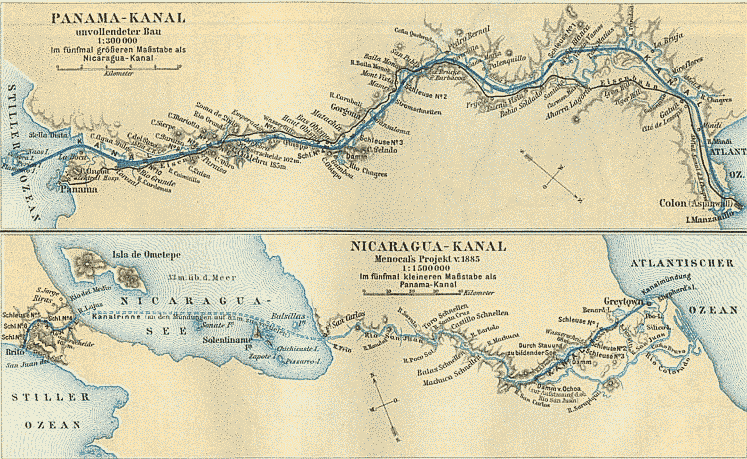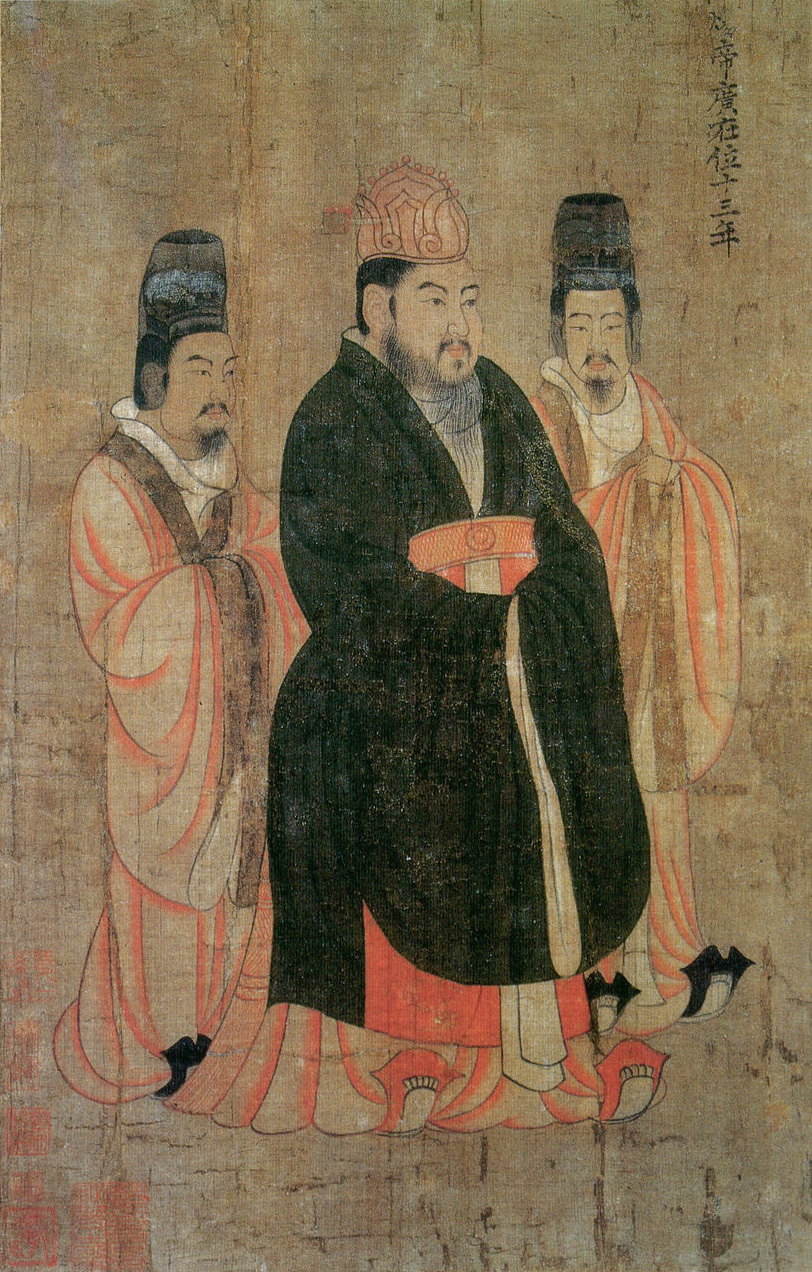
Caño Martín Peña stretches 3.75 miles linking wetlands and canals to rivers meeting the sea of San Juan Bay, Puerto Rico. In 2004, eight communities along the canal incorporated to protect the canal, and dredge the channel; in 2015, the Environmental Protection Agency and the Urban Waters Federal Partnership issued a nueva vida – new life- vision for the canal. Rebuilding Puerto Rico, after recent hurricane destruction, may increase awareness of canals in flood mitigation. According to Inland Waterways International, canals create economic and environmental benefits, as well as locally-generated electric power. The World Canal Cities Organization recently met in Shaobo, China to explore the Grand Canal, busiest in the world, and building block of the Belt and Road Initiative. Panama and Suez are also notable. The Erie Canal opened the United States to a new era of development; the New York Canal Corporation worked with the World Canals Conference to host the 2017 conference on the Erie Canal in Syracuse, New York. What should the future hold for the world’s canals? How might Puerto Rico lead the way? Enlace and the Caño Martín Peña Ecosystem Restoration Project aim to improve 6,600 acres of the San Juan Bay, and the lives of those near its waters. In the future, canals may help coastal cities weather rising seas, allowing the water in as in Rotterdam. Meanwhile, Puerto Rico looks for help now, and leadership in the future, perhaps including a new vision of canals.
To help Puerto Rico:https://www.consumerreports.org/charitable-donations/how-you-can-help-hurricane-victims-in-puerto-rico/ and http://www.pbs.org/newshour/rundown/can-help-hurricane-victims-puerto-rico/
Urban Waters Federal Partnership, “New Life for the Martín Peña Channel.”https://www.epa.gov/sites/production/files/2015-09/documents/martinpenabackgrounder_0.pdf
Building the World, “A River Runs Through It.” https://blogs.umb.edu/buildingtheworld/2017/06/16/a-river-runs-through-it/
Kimmelman, Michael. “Going With the Flow.” http://www.nytimes.com/2013/02/17/arts/design/flood-control-in-the-netherlands-now-allows-sea-water-in.html?mcubz=3
Inland Waterways International, “World Wide Waterways.” http://inlandwaterwaysinternational.org/blog/
New York Canal Corporation, http://www.canals.ny.gov
Building the World Blog by Kathleen Lusk Brooke and Zoe G Quinn is licensed under a Creative Commons Attribution-NonCommercial-NoDerivs 3.0 Unported License









